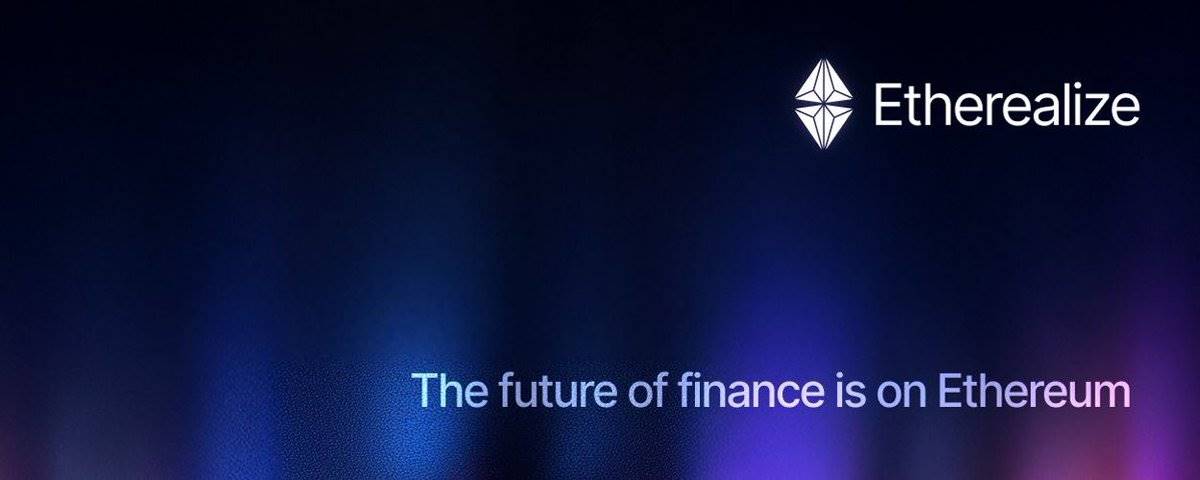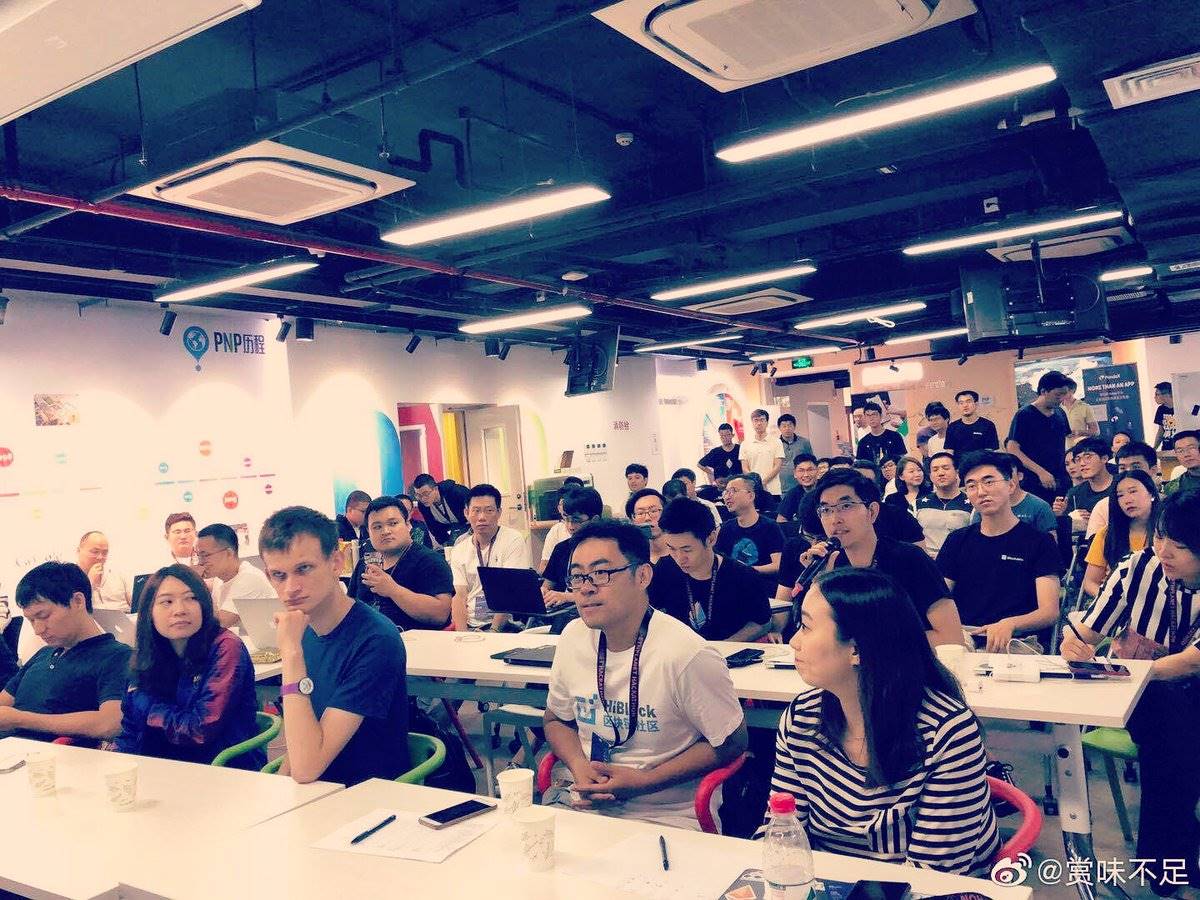Optimists are often right; during difficult and tumultuous times, it is even more important to maintain confidence and optimism.
Author: Jocy@IOSGVC

I believe everyone has seen many records from Consensus HK over the past two weeks, so I won’t repeat them. Most can be summarized as disappointment in the industry, with no prospects for a breakthrough, and the belief that we have entered a bear market. That week was also a feast for Pionex and KOLs. The impact of my trip to Hong Kong was the sense of rationality; those young talents and KOLs who work harder than funds and entrepreneurs deserve to gain so much. They are surrealist investors who can always add a perfect punctuation to every trade. Many Pionex traders adhere to the principle of 90% in BTC and 10% in active Solana positions, maintaining PVP and sprinting at all times. Regardless of how much profit they make each time, they execute this position configuration. Due to the meme wave and attention economy, this became the hottest topic of discussion in HK.
Kaito's victory has ushered in a golden age for KOLs, where attention is priced and can be quickly monetized. In stark contrast is the entire Ethereum ecosystem, lifeless and hollowed out, with no one following the idealistic horn; this is a harsh reality. So-called value investors are deeply trapped, and long-term holders are starting to turn bearish on Ethereum, shifting towards Solana. Many people fail to see the hunger of Ethereum's entrepreneurs (in contrast, when a dev seeks to establish a connection with L2/Ethereum, it typically takes an average of two weeks, while with the Solana Foundation, it usually takes less than two days to complete the connection and start communication). This seems to be a deliberate act by the rulers of the crypto industry, not encouraging long-term holders during this small cycle of the bull market, but rather providing better returns for short-term traders. However, in my view, this is a warning bell for industry leaders like Ethereum, indicating their inaction or lack of crisis awareness.
Short-termism prevails: The collapse of industry values
At the same time, when everyone sheds their disguises, wanting to cash in during the end of the bull market, many people begin to lack ideals and faith, becoming ruthless arbitrage tools. No one cares about the future of the industry; everyone just wants to make one last profit in this cycle. Exchanges, in order to support their project token prices and chains, may abandon listing standards to list some projects they have invested in; top-tier projects treat TGE as their last ATM, and market makers have become the consistent winners of this cycle, always able to obtain chips for free through BD and branding, averaging close to $40 million in net income despite the overall decline in VC tokens. It seems that everything is shifting from long-termism to short-term bubbles and speculation, and the actions of these individuals are profoundly affecting those who persist in building.
This moment is very similar to 2018/2022, extremely quiet. Practitioners leave the industry due to a lack of hope and recognition. Everyone is trying every means to survive in the bear market. For teams still starting and working, this will be very painful; they need unwavering determination and values at all times. Trump influenced the core values of the entire United States, and after the Trump token, the crypto industry sparked a massive wave of nihilistic investment. Practitioners and speculators believe this is a fast and short-term game, and everyone aims to take as much cash as possible before the money game button is pressed.
In summary, the trip to Hong Kong represents a significant collapse of industry values and a formal written judgment on Ethereum. As the most successful entrepreneur in the industry, has he grasped the helm of the industry, or is he leading it towards nihilism?
Challenges and transformations in the Ethereum ecosystem
TL;DR: The founder of Denver infra is very bearish, but the founders of applications and AI are very bullish.
During the Denver trip, I still saw many eye-opening scenes. Those founders and developers who have steadily built for many years were suddenly told that the great Qing is about to perish; they chose not to believe it. It seems that the Ethereum ecosystem has always had a culture of monopolization; they have been smoothly financing all along and have seen many projects inferior to theirs perform well in the speculative token market. They may have never thought that one day they would be unable to raise funds and that their issued tokens would also drop to zero like other air tokens. It was only when their runway was down to the last 6-9 months that they slowly realized the need to create a product with real revenue and a user base, and began to seriously consider what the problems with Ethereum are. Of course, it is never too late; it just requires them to make drastic layoffs and completely deny their past selves, which is a huge challenge for the founders, as they are betting on an uncertain direction while risking everything. According to incomplete statistics, projects deeply rooted in and built on Ethereum and the EVM ecosystem have raised over hundreds of billions of dollars, with their total primary and secondary market valuations exceeding one trillion dollars. Therefore, the question facing these projects is whether to stay on Ethereum or leave. Even strong figures like Lido founder Konstantin, when he announced on Twitter that he wanted to establish a second Ethereum Foundation, instantly received DMs from hundreds of founders in the Ethereum ecosystem, including Uniswap. This still poses significant challenges to consensus.
Additionally, I met a wave of Ethereum ecosystem entrepreneurs. In the past, they were the backbone of the industry’s technical faction, and the technical products and solutions they developed were widely adopted, whether TEE/zkTLS/rollup; they dominated the field. However, these individuals have grown weary of providing the best solutions for technical protocols that lack end users and demand, which does not bring them true entrepreneurial joy. What excites them now are the inspiring new papers emerging in the field of AI research. To be honest, there are quite a few founders like this, and they are among the few in the industry who can truly delve deep and create viable solutions. If a large number of such founders choose to leave, I believe it will set back the entire Ethereum infrastructure by at least three to five years.
The wonderful energy of the fusion of AI and Web3
At first, everyone said that Denver infra had no hotspots or vitality, but after we discussed 3-4 new AI*Web3 projects on average each day, we saw the Ethereum community's active embrace of emerging technologies like AI, as well as innovative attempts in areas like DeTraining/Inference/DePIN. Ethereum is actively adapting to new technological trends and exploring new application scenarios. Capital and entrepreneurs have become the industry’s early warning birds; Paradigm led a $1 billion investment in the Web3 LLM company Nous Research, Groq generated over $1 billion in revenue in the past year as an Inference company, Openmind collaborated with Yushu Technology to create RobotAI, and the open-source product DePAI was showcased in Denver. Hyperbolic has also become one of the most supported inference networks for Web3 developers, along with open-source intelligence platforms like Open Gradient and Pluralis. At the Denver Ethereum conference, smart developers and founders have begun to fully help Web3 embrace AI, brainstorming how to bring AI agents and more applications into Web3 scenarios. The industry has never had a definitive end or stopping point; research and curiosity will always drive builders further.

Openmind collaborated with Yushu Technology to create RobotAI, and the open-source product DePAI was showcased in Denver.
Macroeconomic benefits are released, Crypto keeps pace with the times
However, after dealing with most American institutions, the scene is completely different from Asia; everyone maintains a very optimistic confidence regarding the relaxed environment of crypto policies in the bull market. The U.S. banking policy on accepting crypto asset custody has been passed, and banks will soon gradually allow BTC/ETH to be used as collateral, even expanding to mining equipment. Here we can see a clear trend: a crypto interest rate cut environment is about to form, adjusting from the previous industry lending rate of 10% to around 3-4%, and even reaching negative interest rates in Japan, which will bring liquidity back to the industry. Additionally, we have recently seen a series of favorable crypto policies in the U.S. Uniswap and Coinbase are both considering designing tokenized securities models to allow traditional industry investors to better assess and purchase tokens. The regulatory release of favorable policies in this cycle will far exceed our expectations, so I am very optimistic about the market in the next two years, expecting a good macro environment. Many people say this round of the bull market has ended, but I don’t see it that way. Every round of the bull market not only has the cooperation of the macro market but also the self-innovation and emergence of new applications within the crypto market. In this cycle, we have yet to see true innovation; if there is none, it will be a false bull market. In the next two years, we can expect more traditional companies and even national governments to settle in L2 networks, issuing their own decentralized networks, which will once again drive the growth and value capture of Ethereum L1 through the prosperity of L2 commerce.
Reconstructing Ethereum governance: Moving towards mainstream and commercialization
On the third day in Denver, I attended Pragma hosted by ETHGlobal, where I met several core developers from the Ethereum Foundation. They revealed that Ethereum is about to undergo a new organizational restructuring. Interestingly, @dannyryan, who has a well-known reputation and voice in the Ethereum core developer community, is involved. The newly established @Etherealize will also take on the mission of leading Ethereum into the mainstream world and commercialization. Additionally, the two Co-EDs of the foundation, Hsiao-Wei @hwwonx, have been deeply involved in Ethereum for many years, following Vitalik on various journeys since 2016 (the person sitting next to Vitalik in the attached photo from the 2019 Ethereum hackathon selection day in Beijing). Furthermore, Tomasz @tkstanczak, as the founder of Nethermind, is very familiar with the entire Ethereum ecosystem and, as a third-party dev shop, understands the more sustainable business logic that can help Ethereum find a balance in its infrastructure and commercialization paths.

Attached is the photo from the 2019 Ethereum hackathon selection day in Beijing, where the person sitting next to Vitalik is Co-ED Hsiao-Wei @hwwonx.
In fact, the problems Vitalik faces are the same as those of all entrepreneurs: as the team grows, it becomes harder to manage. Friends who understand personal character traits can try to analyze Vitalik's journey, from the Milady meme profile picture to his disappointment with crypto OGs, to adopting the half-human, half-bird Druid image from World of Warcraft, which represents his reconciliation with the community's voice. The next day, he officially announced the new team structure for Ethereum. Ethereum may be the first truly decentralized organization and economy in history. We should be more forgiving of this man who has just turned thirty; he indeed has not shown particularly outstanding performance in organizational management and the commercialization of Ethereum applications, but who else could lead this organization to create more brilliance and results? Perhaps Ethereum could learn from Elon Musk and establish a DOGE committee specifically responsible for dismissing irresponsible devs and redundant positions. How to measure contribution value against KPIs is an important question before Vitalik. Additionally, providing clearer value propositions and development needs to internal core developers, as well as more specific roadmaps and management timelines to the management team, will better allow Ethereum to return to community and democratically elected governance. As the cornerstone of Web3, Ethereum is also actively exploring Layer 2 solutions and technological upgrades to meet the growing application demands.
There is no savior; Vitalik needs to encourage more application entrepreneurs
For Ethereum, is technical research that important right now? Perhaps it was important in 2017, 2020, and 2022, but now applications should be more important than technology. The next most important milestone for Ethereum, which will give the ecosystem builders the greatest confidence, will be whether Ethereum, as a world computer, can produce epoch-making super application products.
Many people regard Vitalik as the savior of Ethereum, and Ethereum as the savior of the industry, but there has never been a savior. Everyone should be a savior. In my last tweet, I called for all organizations that have gained substantial capital accumulation and stable business income in this industry to contribute to the future of this industry. They can donate to some open-source organizations of Ethereum or create better opportunities for young people in the industry. Additionally, aside from supporting with grants, many entrepreneurs still need financing support. In this wave of bloodshed among industry altcoins, it has dealt a heavy blow to the already shaky Asian funds, with many funds beginning to cease operations or transition to secondary markets. The entrepreneurial environment in Asia is difficult; if we lose institutional VC investments from Asia, the industry will become even thinner. I still call for the early-stage venture capital support to be indispensable in Ethereum's ecosystem organizations. I suggest that all exchanges allocate 1-2% of their revenue each year to support the development and innovation of Ethereum's open-source ecosystem.
Will Ethereum perish in the next bull-bear cycle? I don't think so; it is the most successful decentralized organization in the Web3 industry, and we should not let it fail. Its failure would mean that the hundreds of billions to trillions of talents and project assets built on the Ethereum commercial empire would need to start over, plunging the entire industry into a 5-10 year regression, which means many OGs will exit the stage.
Please cherish your Ethereum. If you consider a ten-year dimension, when you look back at what happened from 2020 to 2030 in 2030, you may find that the doubts and noise of 2025 were actually trivial. How to judge value and innovation from a ten-year perspective is an even more worthy priority to think about.
Optimists are often right; during difficult and tumultuous times, it is even more important to maintain confidence and optimism.
免责声明:本文章仅代表作者个人观点,不代表本平台的立场和观点。本文章仅供信息分享,不构成对任何人的任何投资建议。用户与作者之间的任何争议,与本平台无关。如网页中刊载的文章或图片涉及侵权,请提供相关的权利证明和身份证明发送邮件到support@aicoin.com,本平台相关工作人员将会进行核查。




